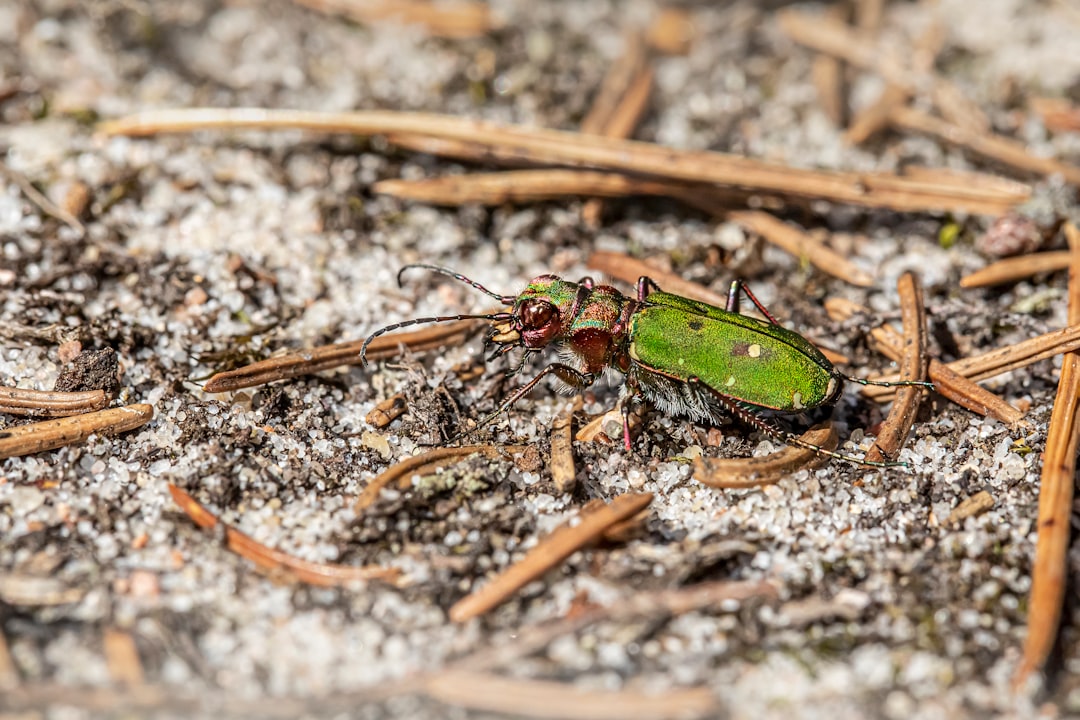What is it about?
Mutations and MD (molecular dynamics) identified the requirements for proton selectivity of HV1, but could not answer the 2-decade-old question: Does proton selective conduction require protonation/deprotonation of the channel protein, or does it occur via a constrained water-wire? We answer this question by using quantum calculations that include protonation chemistry. The "salt bridge" between Asp112 (in human HV1) and Arg208 occludes the pore with two H bonds. When H3O+ approaches, it breaks these bonds, protonates Asp, and forms a complex AspH0-H2O-Arg+ which can then protonate H2O to complete the cycle. Other ions are excluded.
Featured Image
Read the Original
This page is a summary of: Selectivity Mechanism of the Voltage-gated Proton Channel, HV1, Scientific Reports, May 2015, Nature,
DOI: 10.1038/srep10320.
You can read the full text:
Contributors
The following have contributed to this page










